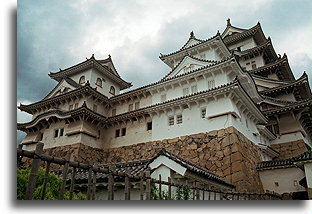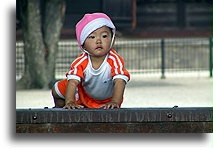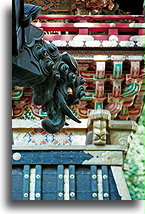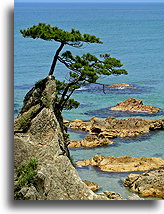Japan is a chain of islands along the Asia stretching from eastern Siberia down to Taiwan. The biggest cities, the highest mountains and the oldest relics can be found on Japanese mainland, Honshu Island. Nippon meaning "origin of the sun" is how Japanese call their country. The name arose from Japan's position east of the great Chinese and Korean empires. These countries had a big influence on Japan throughout most of its history.Today, Japan presents intriguing mix of ultramodern and the steadfastly traditional. This country fascinates and astonishes.


I decided to see Japan as few foreigners do. We rented a car at Tokyo airport and drove to Nara and Kyoto. After very enjoyable stay in Japans most historical towns, we continued the journey through Himeji and reached the Sea of Japan (East Sea) shore. Next, we drove through snow covered Japanese Alps to reach another historical town, Nikko. This was not the most comfortable way to travel in Japan and of course not the fastest, but we experienced this country from different perspective that many visitors do. We came to Japan to learn more about its history by visiting old temples and castles. Finally, I have to say that old traditions are not the past in Japan. It is integral part of everyday living.
First introduced from Korea 14 centuries ago, Buddhism played a main role in Japanese history. This religion developed many sects, ach introducing new deities and erecting new temples. Today, Buddhism is still vital in Japan. Temples dominate all historical sites and contain many of the most masterpieces of art and architecture.





Shinto, meaning "the way of gods" is a Japanese religion. It has no founder and no fixed dogmas. For most people in Japan it is a part of daily life, set of customs to follow. Almost everyone is involved in Shinto rituals: newborn child presented at the shrine and marriage ceremony. Being Shintoist is synonymous with being Japanese. Shinto religion worships kami, different deities that govern natural forces or occupy natural places. Most important are those connected with food: water, the cycle of seasons, movement of fish. Others are associated with nature such springs, waterfalls, great trees and even islands.





